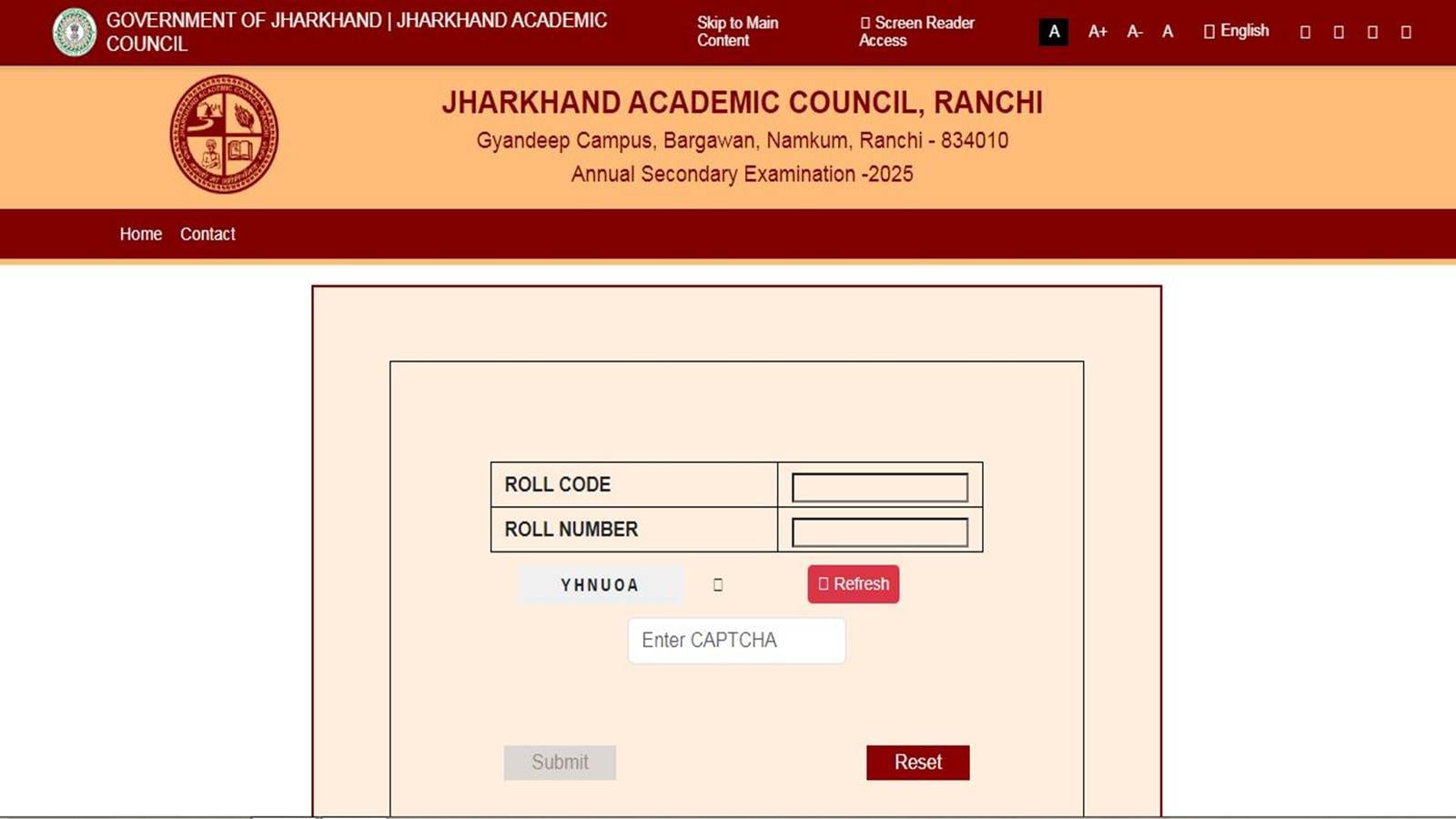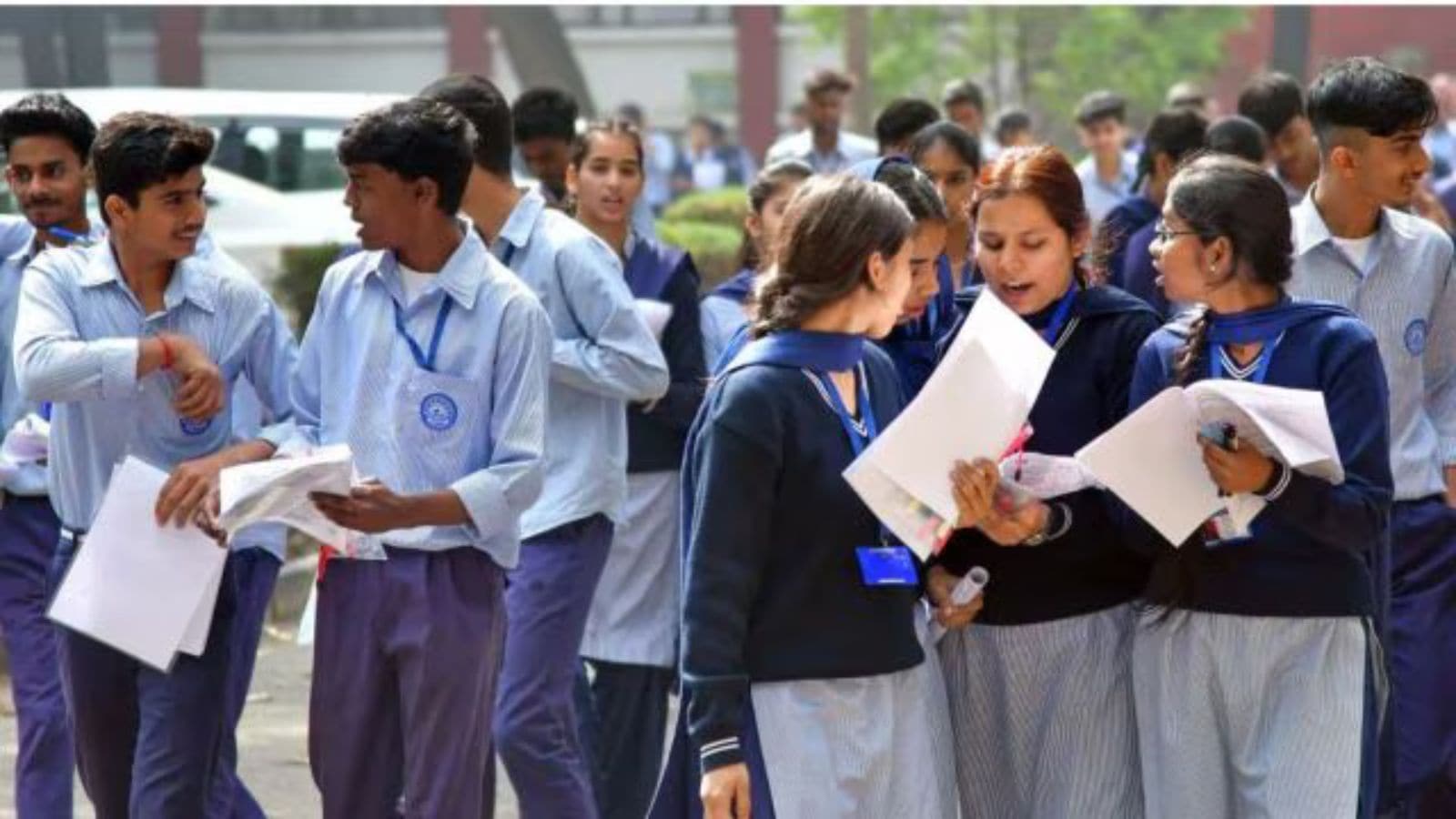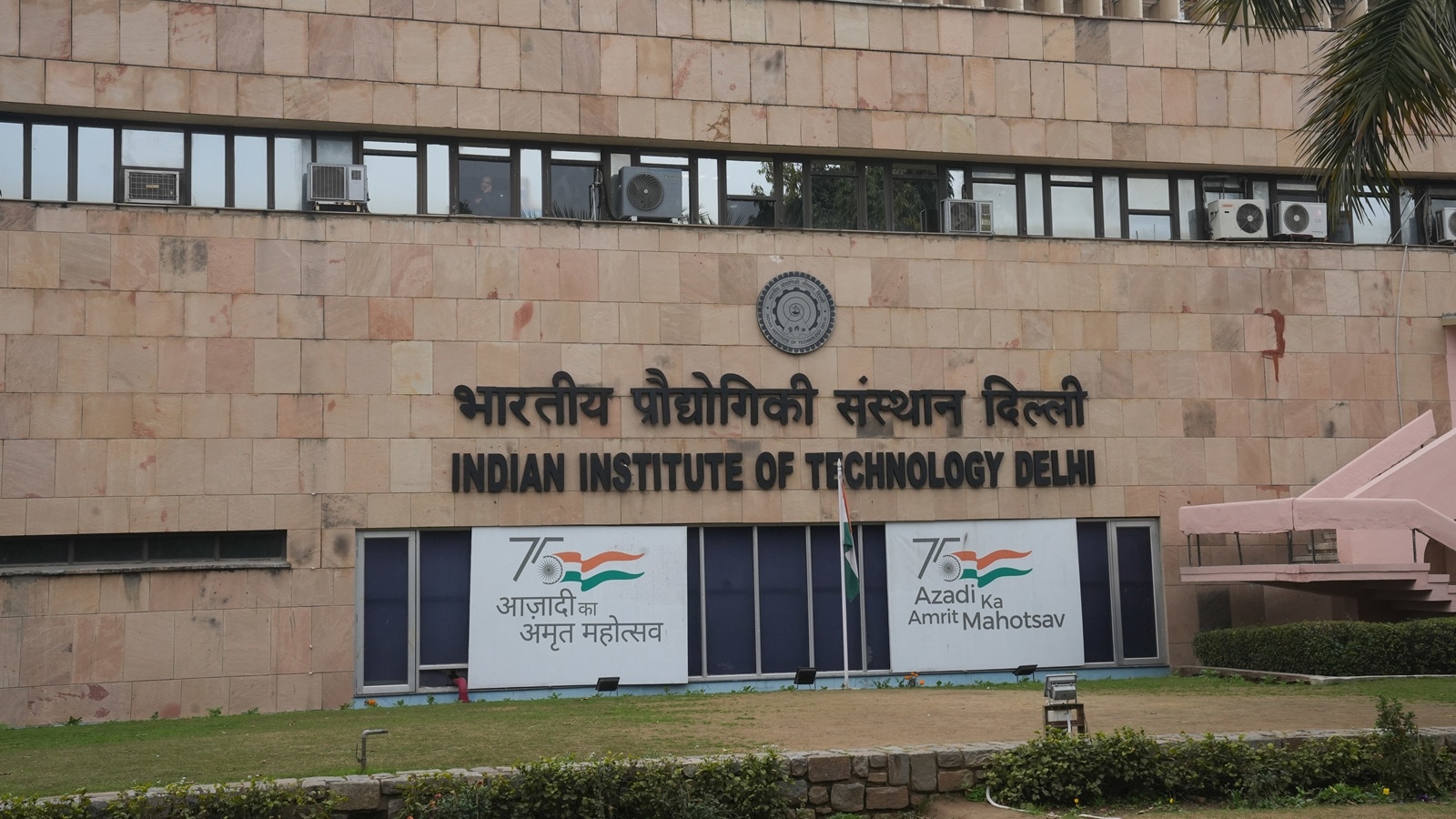Only 8.25% of Indian graduates are employed in jobs that align with their qualifications, while over 50% are engaged in lower-skilled roles, reveals the latest report by the Institute for Competitiveness, the Indian affiliate of the Institute for Strategy and Competitiveness at Harvard Business School.
The Periodic Labour Force Survey (PLFS) report finds that the Indian job market is experiencing a distortion where nearly 50% of graduates are employed in roles like clerks, machine operators, and sales workers (Skill Level 2), triggering alarm bells for policymakers and economists.
These jobs are classified under the National Classification of Occupations (NCO), which assigns skill levels (1 to 4) to job categories. Ideally, those with a higher educational skill level should hold jobs that match or exceed that level.
Overqualified and underutilised
A worrying trend emerges when looking at overqualification. For high-skill (Skill Level 4) jobs:
— 63.26% of workers hold educational qualifications that match.
— But 28.12% are working in lower-skill jobs (Skill Levels 4–8), like clerks or machine operators.
— Another 38.23% of those doing Skill Level 4 jobs have graduate-level education, suggesting oversupply of degrees without demand-aligned jobs.
A similar trend persists at Skill Level 3. Only 8.25% of those with Level 3 education are in equivalent jobs, while over 50% of graduates are working in lower-level clerical and retail roles.
Story continues below this ad
This not only affects individual career satisfaction but indicates massive inefficiency in utilising India’s educated manpower.
Underqualification: The other side of the mismatch
In Skill Level 2 jobs, 8.56% of workers lack the requisite formal education. This could be due to informal skill acquisition, experience-based progression, or vocational training.
This is where Technical and Vocational Education and Training (TVET) becomes critical. TVET enables underqualified individuals to bridge formal gaps, but the infrastructure and accessibility of such programs remain inadequate.
Which states are most affected?
According to the report, states with large young populations like Uttar Pradesh, Bihar, Madhya Pradesh, and West Bengal face the most pressing challenges in addressing this mismatch. Without targeted intervention, these populous states risk:
–Large-scale underemployment
–Brain drain to urban areas or abroad
–Skill redundancy in local economies
–Missed industrialisation opportunities
Story continues below this ad
Here’s an overview of skill 1 workforce share: Top and bottom 5 states
| Top 5 States (Skill Level 1 Education) | 2017-18 | 2023-24 | Bottom 5 States | 2017-18 | 2023-24 |
| Bihar | 63.71% | 63.64% | Lakshadweep | 41.80% | 37.92% |
| Meghalaya | 59.20% | 61.16% | Puducherry | 36.94% | 35.69% |
| Jharkhand | 62.56% | 59.74% | Kerala | 36.19% | 32.98% |
| Madhya Pradesh | 60.68% | 58.22% | Chandigarh | 38.15% | 32.71% |
| Rajasthan | 64.49% | 57.29% | Goa | 35.06% | 31.97% |
While states like Goa and Kerala have fewer workers at Skill 1 level, states such as Bihar and Meghalaya continue to have over 60% of their workforce in this lowest education category, posing long-term challenges for skilled job creation.
Can education keep up with workforce needs?
India has made considerable strides in elementary education through schemes like Sarva Shiksha Abhiyan, Midday Meals, and NIPUN Bharat, reflected in near 100% Gross Enrolment Ratio (GER) at primary levels.
But the transition to higher education remains uneven. While states like West Bengal (93.38%), Kerala (89.45%), and Jharkhand (87.88%) show high improvements in female GER, Lakshadweep saw a 90% decline over the decade, revealing geographic disparities.
Story continues below this ad
Only 2.17% of India’s population has educational qualifications at Skill Level 4. At the state level, Chandigarh leads with 11.21%, more than twice the second-highest, Uttarakhand (4.99%).
Top States by Skill Level 4 Workforce (based on 2023 data from the report)
| State/UT | Skill 4 Share (%) |
| Chandigarh | 11.21% |
| Uttarakhand | 4.99% |
| Puducherry | 4.76% |
| Haryana | 4.35% |
| Himachal Pradesh | 4.01% |
In contrast, states like Bihar (0.45%), Jharkhand (0.70%), and Odisha (0.87%) lag behind, risking exclusion from high-skill job markets unless significant educational reforms are implemented.
How big is the economic impact of upskilling?
The report shows that transitioning from intermediate to advanced skill levels could raise wages by 149%, drastically boosting both individual prosperity and GDP.
Story continues below this ad
However, this demands systemic investment. India needs to bridge an Rs 88,000 crore funding gap in higher education and increase education spending from 3.06% to 4.89% of the total budget.
What is the way forward?
To address the pressing skill mismatch, the report suggests four key interventions:
–Granular Skill Data Collection – for more responsive policies.
–Regular Skill Gap Analysis – led by Sector Skill Councils and State Skill Missions.
–Update NCO Codes – to keep pace with emerging occupations.
–Integration with PLFS – to include 4-digit NCO levels for better mapping.
Is India prepared for its demographic deadline?
Story continues below this ad
India’s demographic dividend, with 650 million people under 25 according to UNFP 2023 data, won’t last forever. By 2046, the elderly population will surpass those aged 0–15, turning the current opportunity into a potential burden. To be workforce-ready by 2047, India needs:
–An education system aligned with industry needs
–TVET reforms to address underqualification
–State-specific interventions in high-population regions
–Gender-focused higher education policies
Failing this, a majority of Indian workers, nearly 9 out of 10, as per the Skills for the Future report, may remain trapped in low-competency jobs, unable to fully contribute to India’s economic ambitions.




